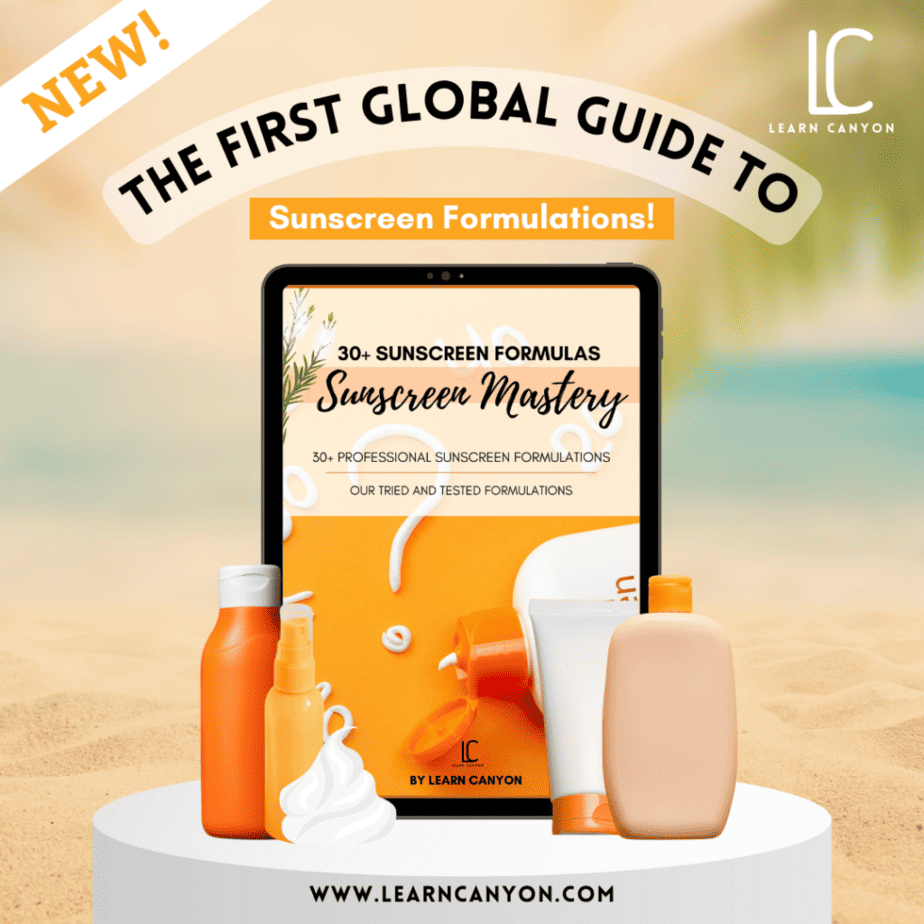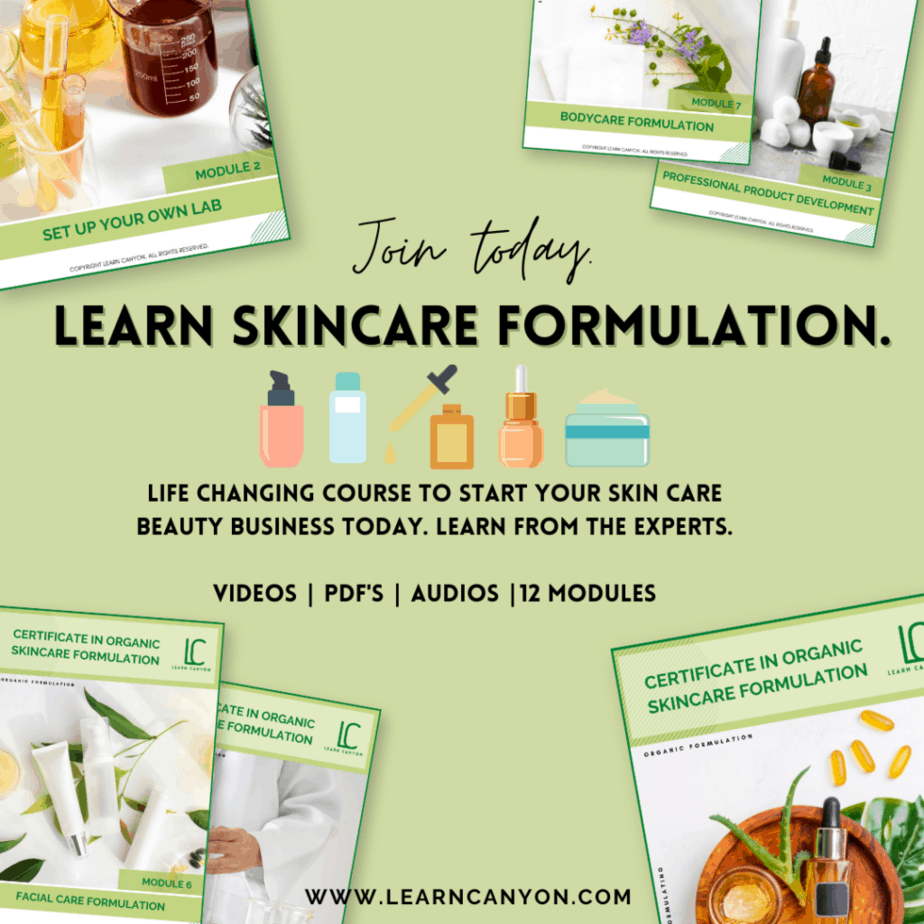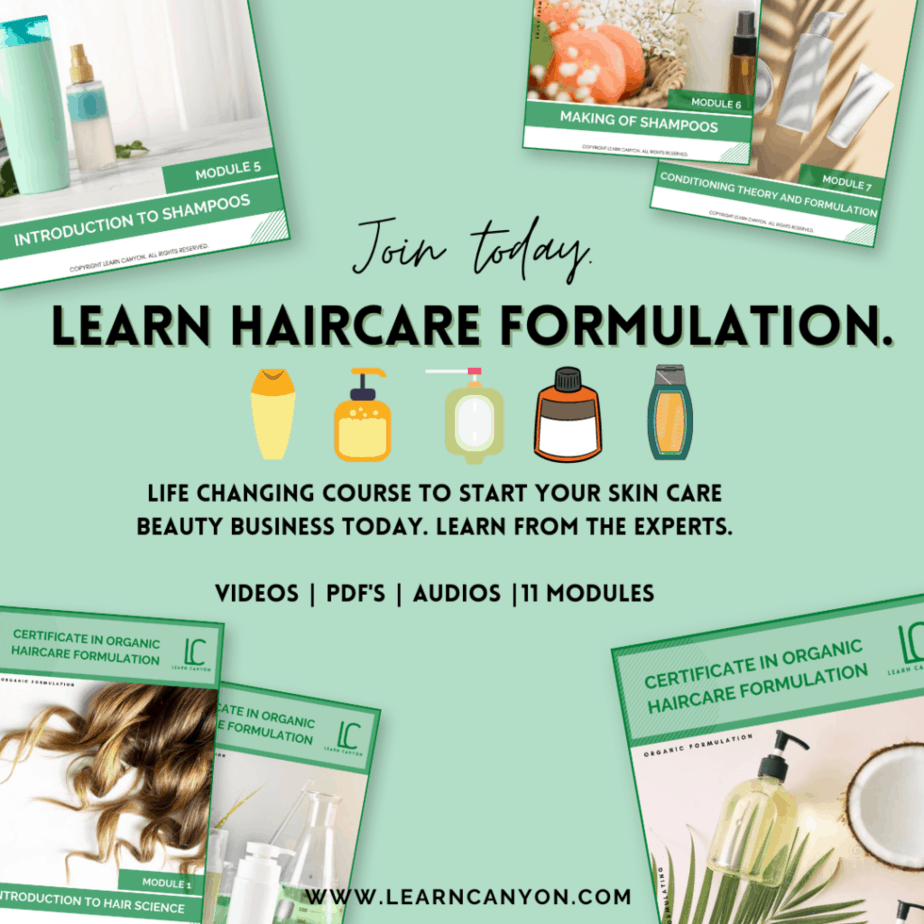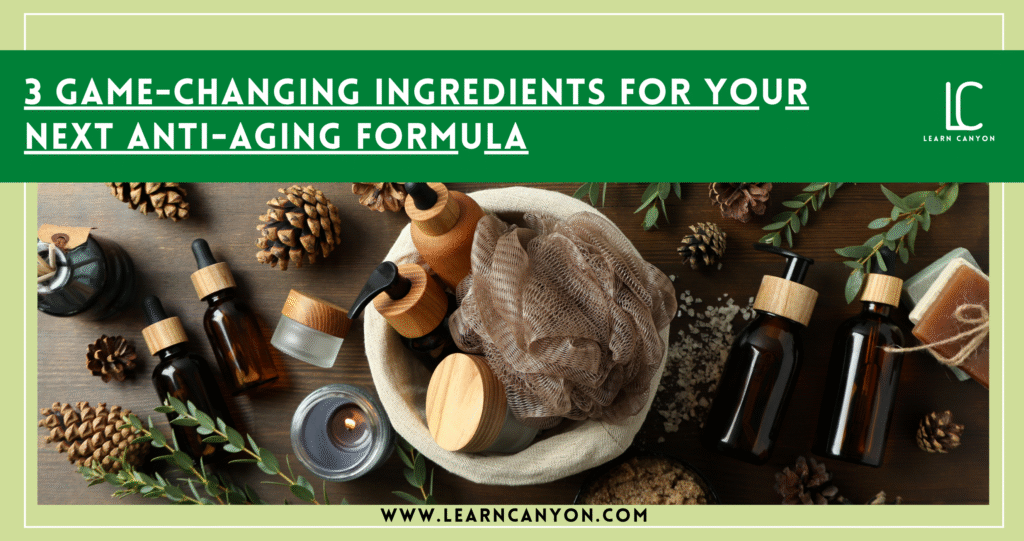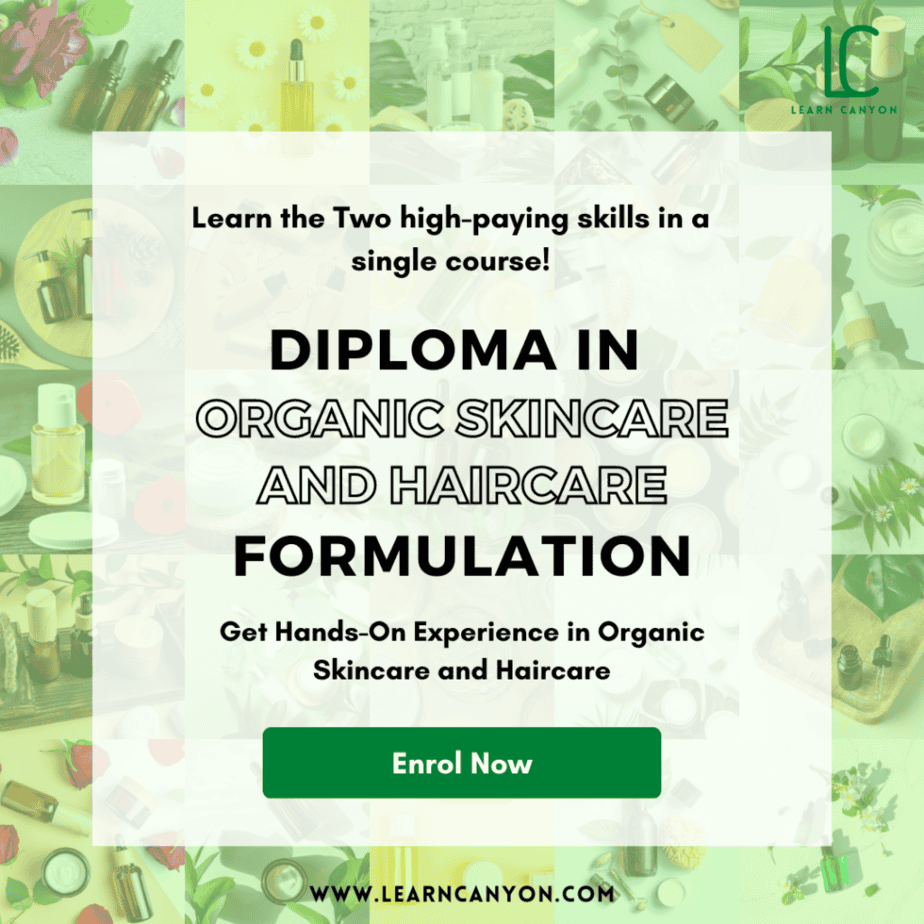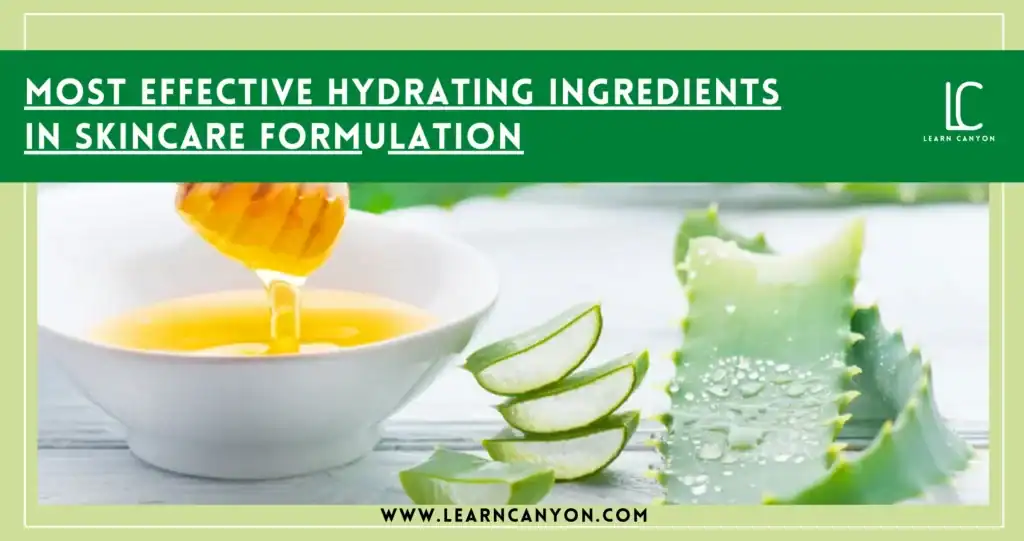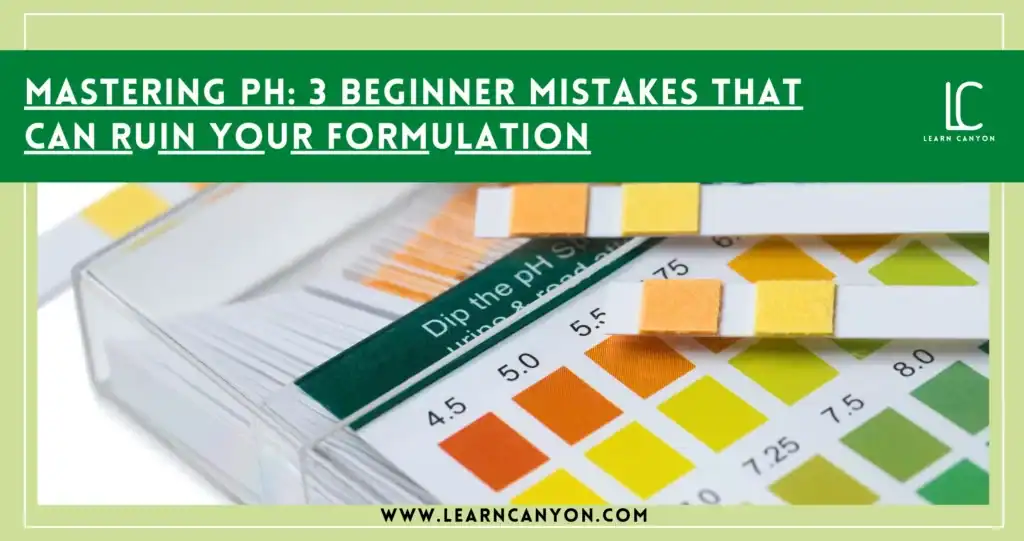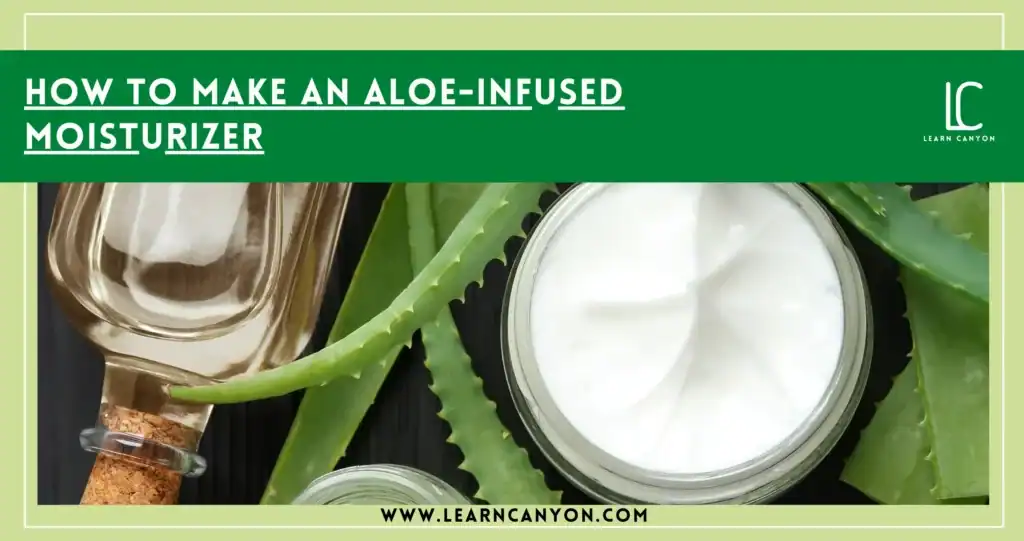When it comes to formulating anti-aging skincare, let me tell you, your ingredient list is your formula’s backbone. It’s not about throwing in a few buzzy actives and calling it a day. As a professional formulator, I’ve learned that each ingredient must earn its place, with purpose, with intention, and with proven results.
Why? Because the skin aging process is complex. We’re not just targeting one issue, we’re addressing collagen loss, fine lines, pigmentation, dehydration, and sometimes even inflammation all at once. And to do that effectively, your formula needs ingredients that do the work, not just sound fancy.
That’s why choosing the right actives isn’t just important, it’s everything. The right combination can transform a basic moisturizer into a powerhouse product.
In this blog, I’m spotlighting three ingredients that I absolutely love working with, ones that deliver real, visible results and blend beautifully into both natural and advanced formulations. Ready to meet them?
Ingredient #1: Bakuchiol – The Natural Retinol Alternative
Let’s start with one of my absolute favorites, Bakuchiol. If you’ve been formulating with sensitive skin in mind, or simply want a gentler approach to retinol-like results, this ingredient is gold.
Bakuchiol is often called “nature’s retinol”, and while that might sound like a marketing buzzword, it’s backed by real science. It stimulates collagen production, reduces the appearance of fine lines and wrinkles, evens out skin tone, and improves firmness, all without the irritation that retinol is known for.
What I especially love about Bakuchiol is its versatility. It’s oil-soluble, making it perfect for facial oils, oil-based serums, or emulsions. And unlike retinol, it doesn’t make skin photosensitive, so it’s safe for both day and night use. That makes it a dream to formulate with for all skin types, including sensitive or rosacea-prone skin.
In most formulations, you’ll want to use it at 0.5% to 1%, depending on the product type and desired intensity. Pair it with nourishing oils like rosehip or squalane for a silky-smooth texture, or blend it with niacinamide in an emulsion for a more targeted anti-aging approach.
Honestly, Bakuchiol is a beautiful example of how botanical science meets results. It gives you that clean, green formulation story without compromising on efficacy, and that’s a win in my book.
Ingredient #2: Niacinamide – The Multitasker for Age-Resilient Skin
Ah, Niacinamide, the ingredient that every formulator (and every skin type) can fall in love with. If you’ve ever wished for a single ingredient that tackles multiple aging concerns in one go, this is your go-to.
Niacinamide, or Vitamin B3, is one of those rare actives that’s incredibly well-researched and wonderfully easy to work with. It helps boost the skin’s barrier, smooths out fine lines, improves elasticity, fades dark spots, and even helps regulate sebum. Yes, it really does all that! And the best part? It’s well tolerated, even by sensitive, acne-prone, or rosacea-prone skin.
From a formulator’s perspective, niacinamide is a dream. It’s water-soluble, meaning it blends beautifully into toners, serums, lotions, and creams. A usage rate of 3–5% is typically ideal for anti-aging benefits, but you can go up to 10% in targeted treatments if the skin tolerates it well.
Now, I often get asked: “Can I mix niacinamide with other strong actives like vitamin C or acids?” The answer? Yes, with a little care. Today’s stabilized forms of vitamin C and proper pH balancing make these combos safe and effective, especially in well-buffered emulsions.
Pro tip from my lab: if you’re pairing niacinamide with something like bakuchiol or peptides, watch your pH (ideally between 5.0–6.0) and always add niacinamide in your cool-down phase. That way, you retain its potency and keep your formula stable.
In short, niacinamide isn’t just an active, it’s a formulator’s secret weapon for well-aging skincare. It gives your product that multi-benefit magic your users will feel and see.
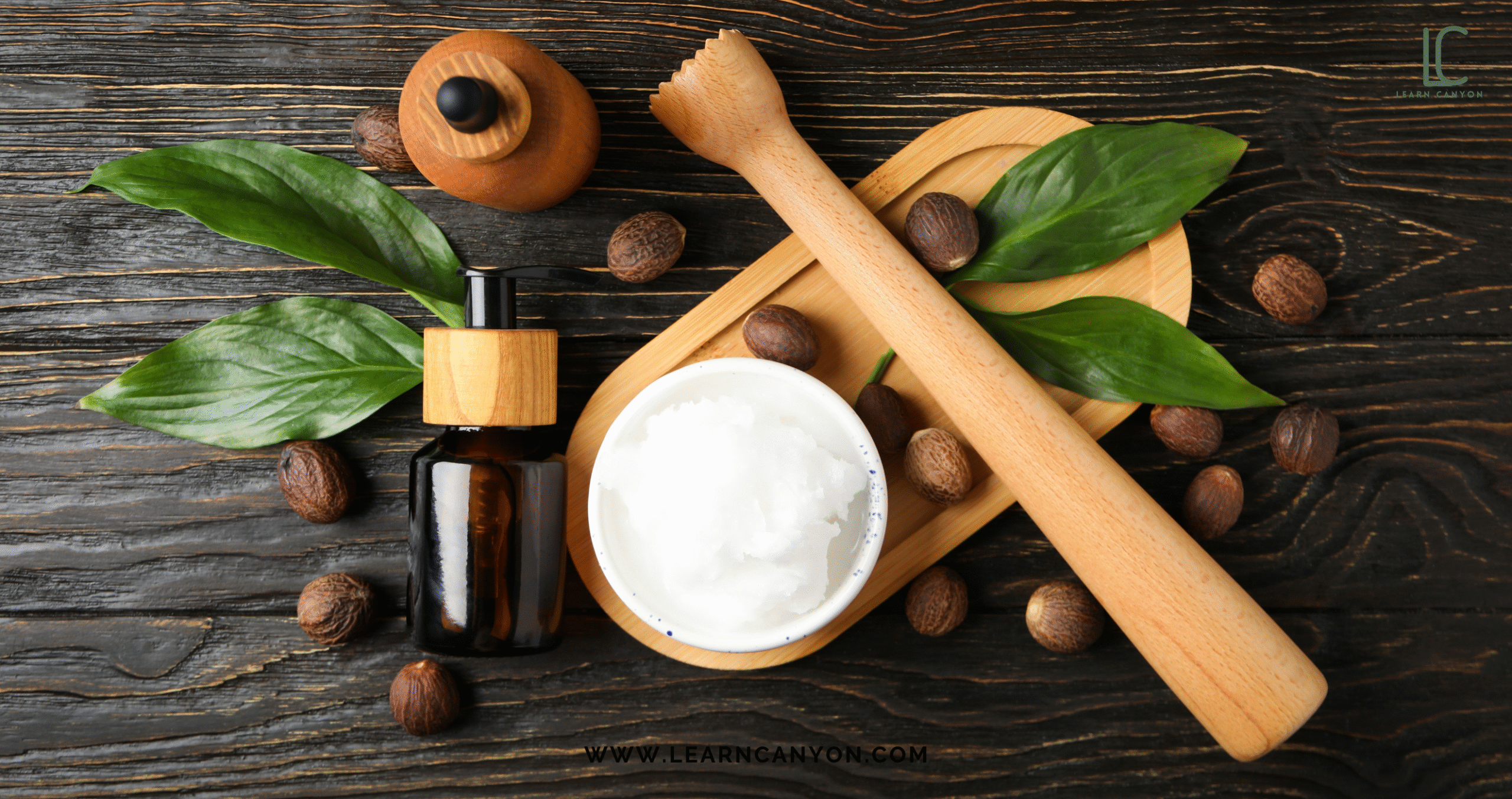
Ingredient #3: Peptides – The Science of Skin Communication
Now let’s talk about peptides, the quiet but powerful communicators in any anti-aging formulation. If you’re looking to build a formula that supports the skin at a cellular level, peptides are where the real science meets beauty.
Think of peptides as little messengers. They tell the skin to produce more collagen, elastin, and even hyaluronic acid, basically, they remind the skin how to act younger. And the best part? They do all this gently. No redness, no irritation, no recovery time. Just consistent support for firm, smooth, and resilient skin.
There are so many types of peptides, and each has its own specialty.
- Signal peptides like Palmitoyl Pentapeptide-4 (Matrixyl) stimulate collagen production.
- Neurotransmitter-inhibiting peptides like Argireline (Acetyl Hexapeptide-8) help relax facial tension (yes, it’s often nicknamed “botox in a bottle”).
- And carrier peptides help deliver trace minerals to the skin for repair and regeneration.
Formulating with peptides does require a bit of care. Most are water-soluble and sensitive to heat, so you’ll want to add them to your cool-down phase, typically below 40°C. Also, check the pH range recommended by your supplier, it’s usually between 4.5 and 7, depending on the type.
Usage rates vary too, but you’ll typically see results in the 1–5% range, depending on the peptide blend and the format of your product. They work beautifully in serums, eye creams, and lightweight gels, basically, anywhere close contact with the skin gives them time to do their magic.
In my own lab, I love pairing peptides with niacinamide or hyaluronic acid for next-level hydration and firming. The results? Softer lines, plumper texture, and skin that just feels healthier overall.
So yes, peptides might be small, but their impact on a well-aging formula is massive.
Bonus Tip:
Okay, now here’s where the real formulating magic happens, synergy. One great ingredient can do a lot, but when you strategically pair actives that complement each other, the results become more than the sum of their parts. And that’s where your expertise as a formulator truly shines.
Let’s take the trio we’ve talked about: Bakuchiol, Niacinamide, and Peptides. On their own, each one is fantastic. But together? They form a powerhouse blend that targets aging from multiple angles, cell communication, collagen stimulation, barrier repair, brightening, and elasticity.
Here’s how I like to approach their synergy:
- Bakuchiol + Peptides – A beautiful combination for firming and smoothing. While bakuchiol encourages skin renewal, peptides support structural proteins. Think improved bounce, fewer visible wrinkles, and a soft, supple feel.
- Niacinamide + Peptides – This duo works wonders for skin resilience. Niacinamide helps strengthen the barrier and even tone, while peptides reinforce firmness and hydration. I often use this in lightweight gel-cream emulsions for a breathable, nourishing finish.
- Bakuchiol + Niacinamide – Perfect for brightening and calming. Since bakuchiol is gentle and non-irritating, it pairs well with niacinamide to address pigmentation and dullness without the risk of sensitivity.
But here’s the key, balance is everything. Don’t overload your formula with high percentages of everything. Instead, work within recommended usage levels and focus on how the ingredients interact with your base, pH, and each other.
Also, always consider the delivery system. Encapsulated forms, nanoemulsions, or just a silky emulsion can enhance how well your actives penetrate and perform on the skin.Formulating for synergy isn’t about complexity, it’s about intentional layering of benefits. And when you get it right, your clients will not only feel the difference… they’ll see it
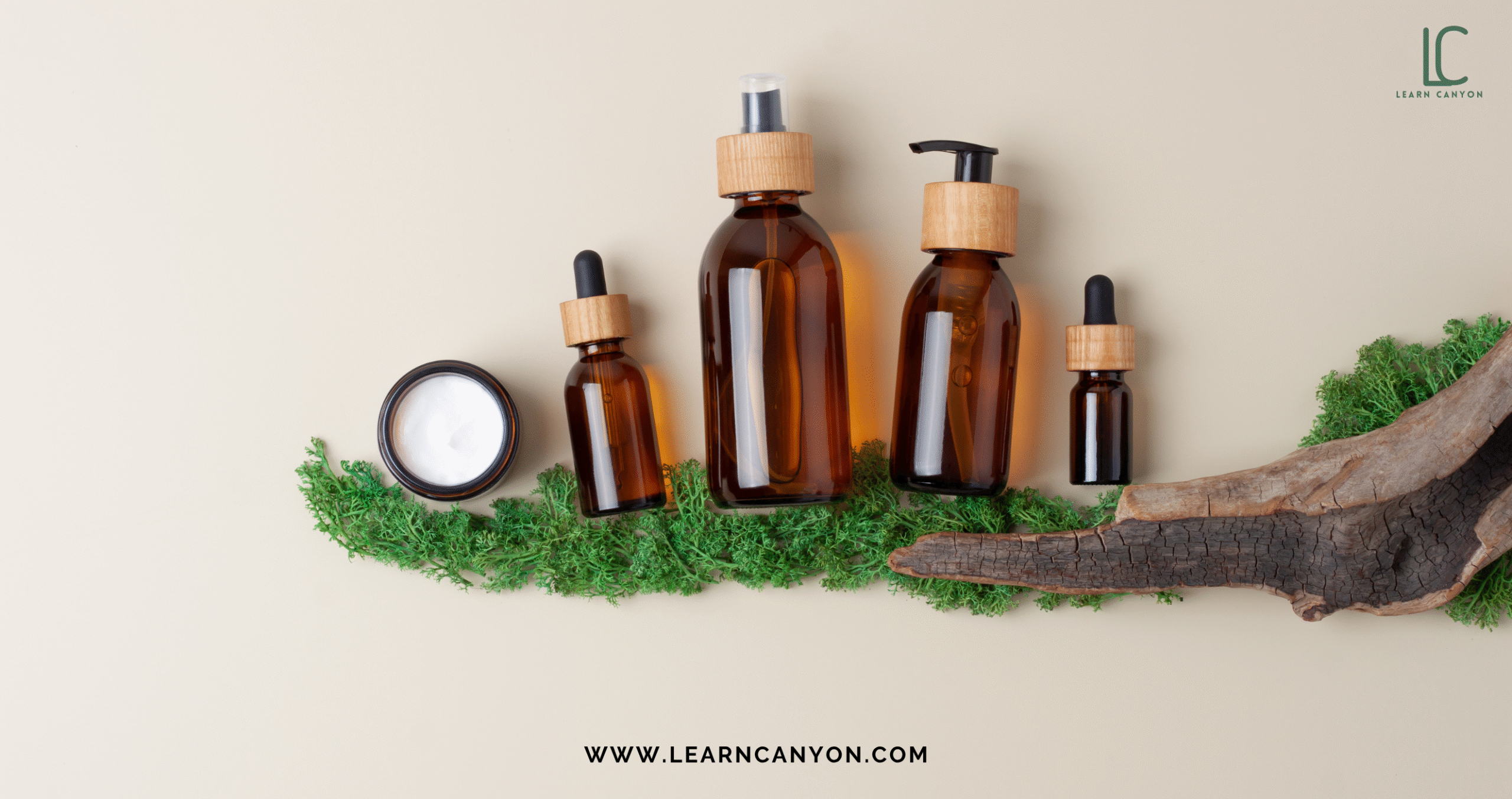
Priya’s Pro Tips for Formulators
Alright, time to get into the real talk, the kind of tips I wish someone had whispered to me in my early days of formulation. These are those behind-the-scenes details that can make or break an anti-aging formula. Let’s get into it.
Tip 1: Respect Your Actives:
Each active has its own personality. Some love the heat, others will break up with your formula if you even look at them above 40°C! Peptides, for instance, are delicate, they need to be added during the cool-down phase. Niacinamide prefers a pH sweet spot of around 5–6, and bakuchiol thrives in oil phases. Read your ingredient documentation like it’s your best friend’s diary, it’s full of secrets.
Tip 2: Keep Your Formula Balanced, Not Crowded:
I know it’s tempting to throw in all the trending ingredients, but trust me, less is more, when every ingredient is working hard. Focus on synergy and complementary functions. Three to five well-chosen actives can outperform a formula overloaded with 10 poorly harmonized ones.
Tip 3: Emulsion Texture Matters More Than You Think:
Don’t underestimate the power of sensory feel. A beautifully textured cream that absorbs like a dream makes the user want to keep using it, and that consistency is what delivers visible results over time. If your actives are amazing but your formula feels greasy or pills, it won’t become a favorite.
Tip 4: Stability Is Sexy:
Preserve your formula like it’s a sacred scroll. Anti-aging actives can oxidize or destabilize emulsions if not handled properly. Always run a mini stability test, heat cycles, pH tracking, emulsification checks. Prevention is way easier (and cheaper) than reformulation.
Tip 5: Educate Through Your Label:
Formulators, this one’s for your brand strategy side: when listing your ingredients, highlight your intentionality. “With 0.5% Bakuchiol for gentle retinol-like renewal” speaks volumes more than just “Bakuchiol.” Today’s customer is ingredient-aware. Speak their language with confidence and clarity.Formulation is part science, part storytelling. And when your story is backed by well-structured, synergistic formulas, you don’t just make skincare, you make trust.
Formula: A Potent Yet Gentle Anti-Aging Cream
Let’s bring all that theory into something tangible, a sample formula that’s as results-driven as it is gentle. This cream is designed to be lightweight yet deeply nourishing, perfect for daily use, and packed with our three hero ingredients: Bakuchiol, Niacinamide, and Peptides.
This isn’t just a formula, it’s a smart blueprint for any formulator wanting to create a product that actually works on signs of aging while being kind to the skin.
Anti-Aging Cream Formula (100%)
Phase A – Water Phase
- Distilled Water –Qs%
- Glycerin – 3%
- Niacinamide – 4%
- Beta Glucan (Oat) – 1% (soothing and barrier supportive)
- Sodium Gluconate – 0.1% (chelating agent)
Phase B – Oil Phase
- Squalane (Olive or Sugarcane derived) – 6%
- Caprylic/Capric Triglycerides – 3%
- Emulsifying Wax (Olivem 1000 or similar) – 6%
- Cetyl Alcohol – 2% (adds slip and stability)
- Bakuchiol – 0.5%
Phase C – Cool Down Phase
- Matrixyl 3000 (Peptide blend) – 2%
- Panthenol (Provitamin B5) – 1%
- Tocopherol (Vitamin E) – 0.5%
- Preservative (ECOCert-approved, e.g., Geogard Ultra or Liquid Germall Plus) – 1%
- Adjust pH to 5.5 – 6.0 with Sodium Hydroxide or Lactic Acid as needed
Formulation Notes:
- Texture: This cream is velvety and fast-absorbing, perfect for day and night use.
- Feel: Lightweight but with enough cushion to feel luxurious on mature or dry skin.
- Stability Tip: Add bakuchiol to your melted oil phase (but don’t overheat), and peptides only below 40°C in your cool-down to maintain efficacy.
- Preservation: Make sure to test microbial stability if you’re adapting the formula for larger batches.
This formula delivers hydration, firmness, barrier support, and a glow, all without harsh actives or heavy occlusives. It’s a fabulous base that you can personalize with essential oils, extracts, or botanical infusions based on your brand vibe or customer need.
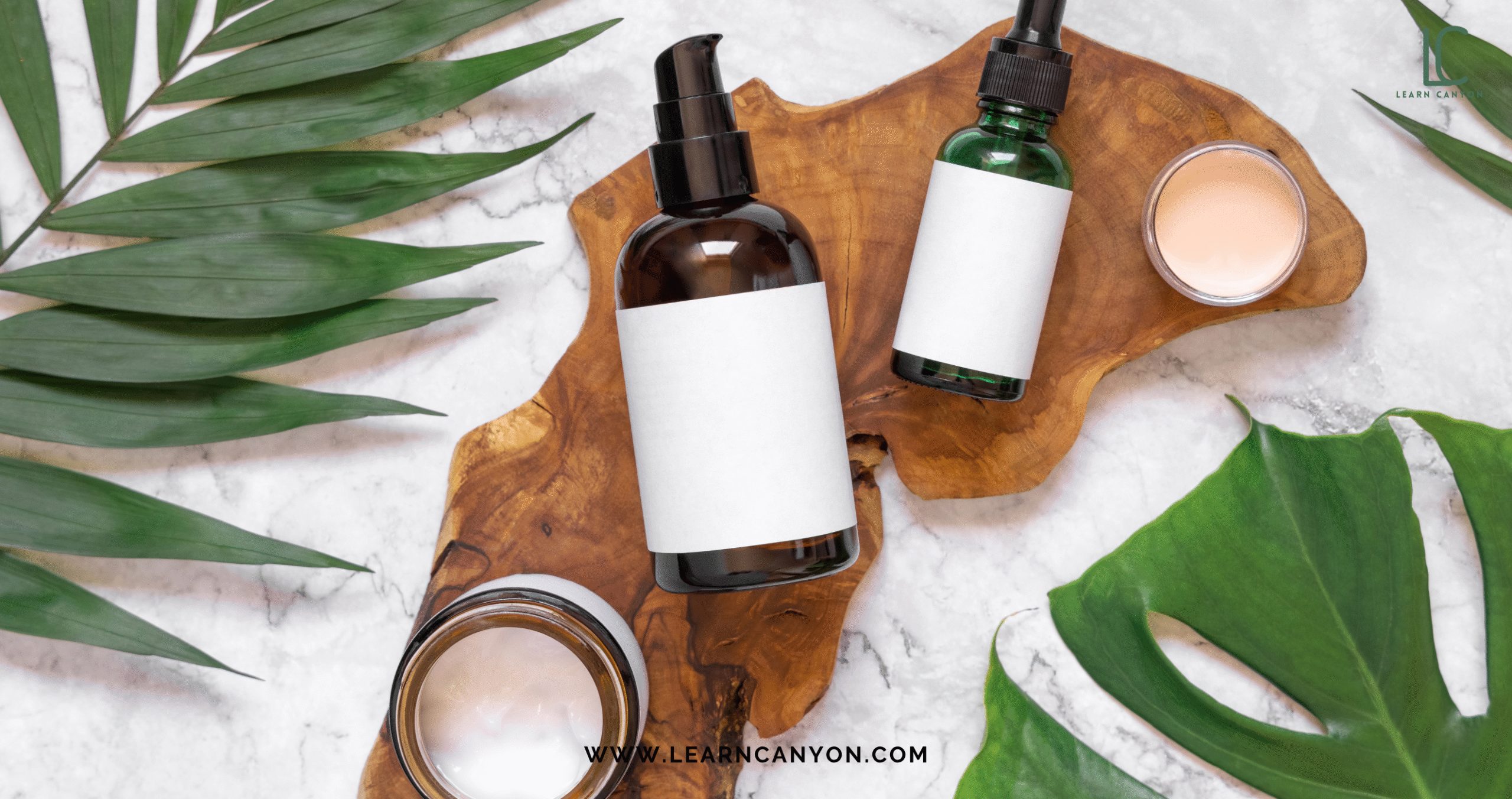
Conclusion:
Here’s the truth, straight from my formulation bench to yours, anti-aging isn’t about chasing trends. It’s about understanding skin and creating formulas that work with it, not against it. When you start with the right ingredients, like bakuchiol, niacinamide, and peptides, you’re not just making another cream. You’re building trust, results, and long-term skin health.
These three actives are more than just buzzwords. They’re versatile, gentle, and backed by solid science, making them the perfect foundation for future-forward formulations. Whether you’re crafting a boutique serum, a retail hero product, or a personalized skincare line, these ingredients give you flexibility and performance.
And remember, it’s not just about adding them in, it’s about how you layer, balance, and deliver them. Thoughtful formulation is what separates good from exceptional. And I know you’re here to create exceptional.
So keep innovating, keep experimenting, and above all, keep formulating with intention. Because the future of skincare? It’s in our hands.

